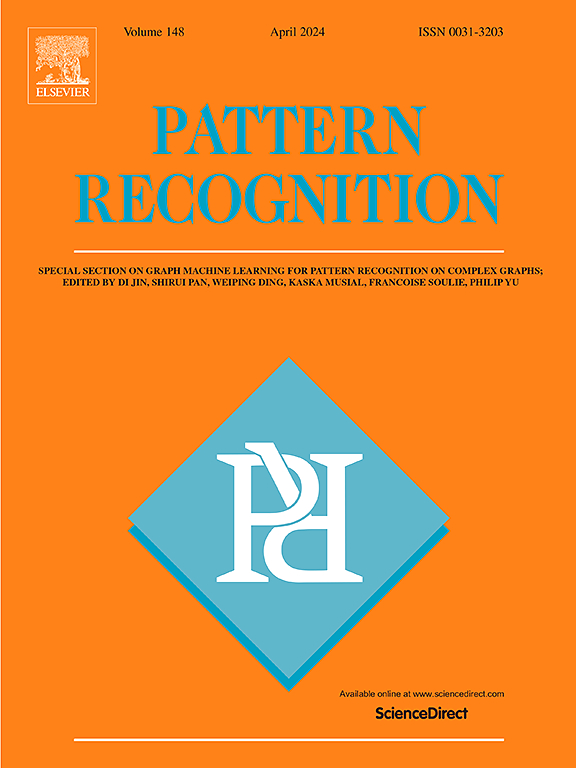AFIFC: Adaptive fuzzy neighborhood mutual information-based feature selection via label correlation
IF 7.5
1区 计算机科学
Q1 COMPUTER SCIENCE, ARTIFICIAL INTELLIGENCE
引用次数: 0
Abstract
Existing feature selection schemes do not comprehensively consider correlation between features and labels and between labels, and certain neighborhood radius affects the prediction accuracy of multilabel classification. To solve these deficiencies, this paper develops an adaptive fuzzy neighborhood mutual information-based feature selection scheme via label correlation. Firstly, to study different distribution structures of multilabel data, the standard Euclidean distance as classification interval is employed to construct adaptive fuzzy neighborhood radius. Adaptive fuzzy neighborhood similarity relation and fuzzy neighborhood granule will be presented via difference between samples for features. Uncertainty measures via fuzzy neighborhood entropy can be developed. Secondly, to select features strongly associated with labels, adaptive fuzzy neighborhood mutual information measures this correlation between candidate features and labels, and the correlation between features and labels relative to those selected features is computed by mutual information. Then discriminant function of correlation is provided. Thirdly, to improve efficacy of multilabel classification, adaptive fuzzy neighborhood granules are employed to study the membership degree of labels. To assess the correlation between labels, Jaccard similarity and adaptive fuzzy neighborhood mutual information are combined, and to reflect this internal correlation between label and label set, the correlation ratio is studied. Finally, maximum relevance between the candidate features and labels and minimum redundancy between features are calculated, and then a new multilabel feature selection scheme is provided to acquire this best feature subset. Experiments on 12 datasets show the efficacy of this designed scheme in several evaluation metrics.
求助全文
约1分钟内获得全文
求助全文
来源期刊

Pattern Recognition
工程技术-工程:电子与电气
CiteScore
14.40
自引率
16.20%
发文量
683
审稿时长
5.6 months
期刊介绍:
The field of Pattern Recognition is both mature and rapidly evolving, playing a crucial role in various related fields such as computer vision, image processing, text analysis, and neural networks. It closely intersects with machine learning and is being applied in emerging areas like biometrics, bioinformatics, multimedia data analysis, and data science. The journal Pattern Recognition, established half a century ago during the early days of computer science, has since grown significantly in scope and influence.
 求助内容:
求助内容: 应助结果提醒方式:
应助结果提醒方式:


